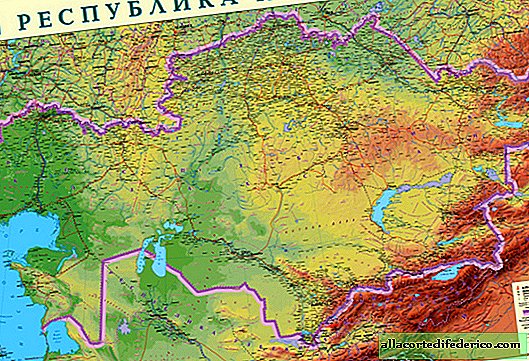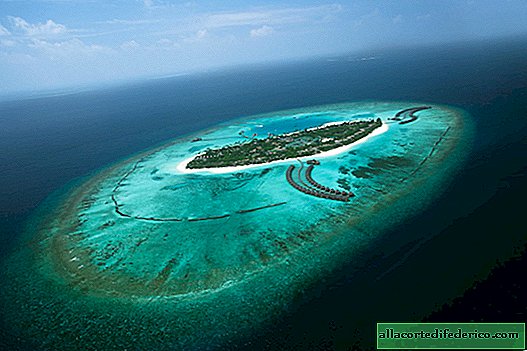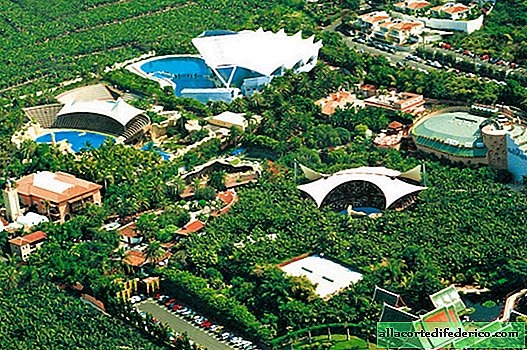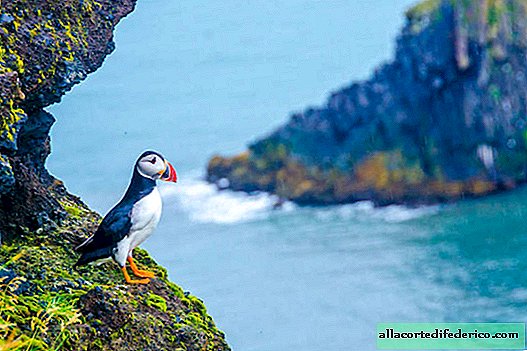It was not possible to save the Aral, whether they can save Lake Balkhash
This unique lake, located in the south-east of Kazakhstan, consists of two parts: fresh and salty. For thousands of years, the lake ecosystem that has formed under conditions of an arid climate today lacks water. Scientists fear that under the current regime of water use in the region, Lake Balkhash will soon repeat the fate of the Aral Sea.

Lake Balkhash is a large closed lake with an area of more than 18,000 sq. Km. Its uniqueness lies in the fact that the reservoir has a bottleneck that forms a natural bridge. This is the Saryesik peninsula, which extends deep into the lake and makes it difficult to exchange water between the western and eastern parts of Balkhash.

The eastern part has great depth and brackish water in chemical composition. The western part of Balkhash, on the contrary, is shallow and almost fresh, which is ensured by the influx of the waters of the Ili River. Despite the fact that Balkhash is located on the territory of the semi-desert, it is fed by large rivers that form when the glaciers melt in the neighboring mountains.

The Ili River is the main tributary of the Balkhash, which provides about 75-80% of the total annual flow. The remaining large tributaries, such as Karatal, Aksu and Lepsy, flow into the eastern part of the lake. But, despite the fact that the lake is entirely located on the territory of Kazakhstan, its catchment basin extends beyond its borders, and partly related to the problems that have arisen with the lake in recent decades.

About 15% of the catchment area of the lake, including the upper reaches of Ili, is located in China. The growing population of the Xinjiang Uygur Autonomous Region needs more water, which is why China is withdrawing part of the flow of the Ili River for its needs.
In addition, the flow of the Ili River is actively used in Kazakhstan itself. On the river back in the 70s of the last century, the Kapchagai reservoir was organized with the same hydroelectric power station. Its filling led to the withdrawal of a large volume of water, which negatively affected the Balkhash ecosystem. After the organization of the reservoir on the main tributary, the water level in the lake, which was already decreasing throughout the 20th century, began to fall even faster. The area of the lake began to decrease, especially in its shallow western part.

Given the fact that China plans to increase volumes of water withdrawal from Ili from the existing 14.5 cubic meters. km at least up to 45 cubic meters. km, the dependent Balkhash will lose a significant amount of water. Kazakhstan also actively uses the waters of the Ili River to supply water to the south-east of the country. In connection with the above facts, ecologists fear that soon Balkhash will repeat the fate of the Aral Sea. Despite the efforts of the Kazakh side, it has not yet been possible to agree with China on the mutually beneficial use of river flow.


















